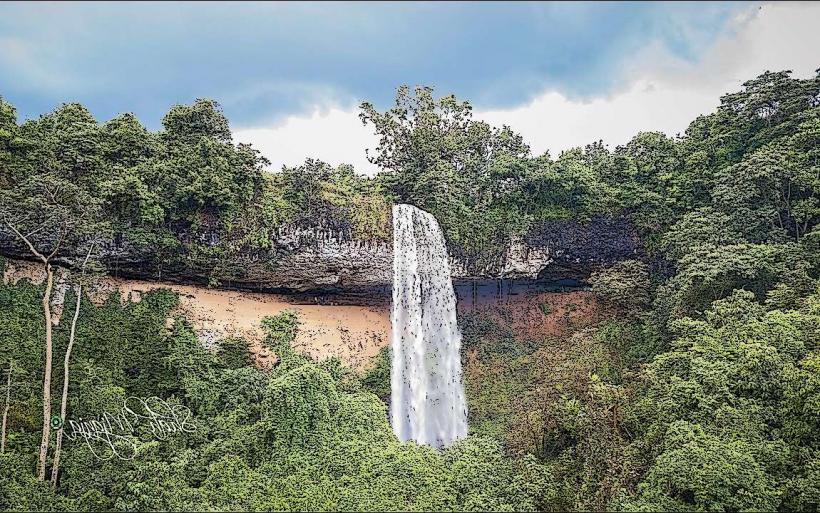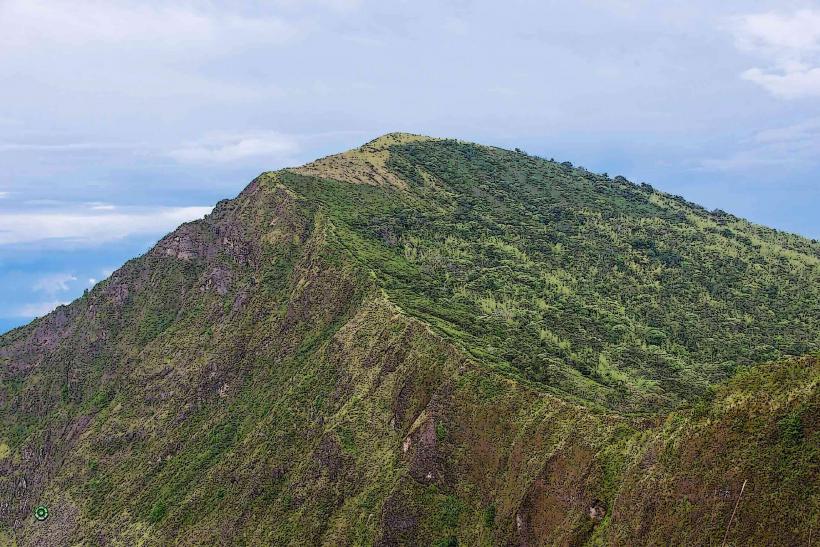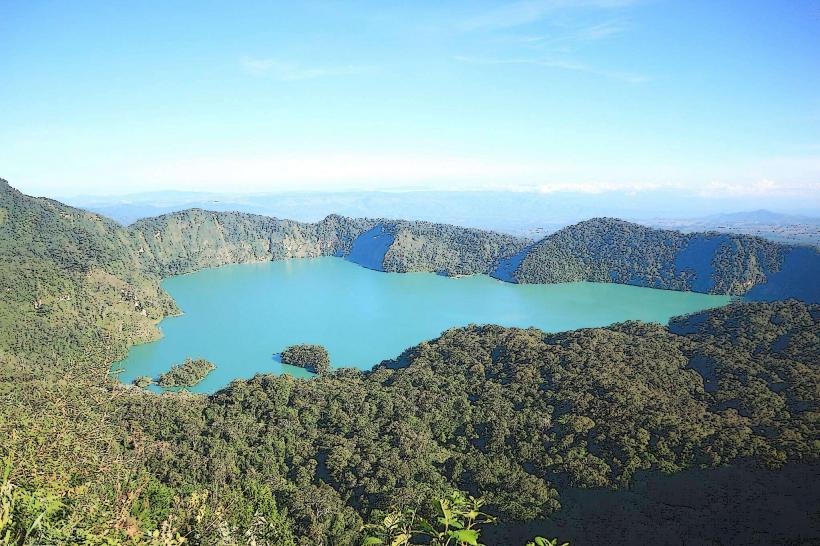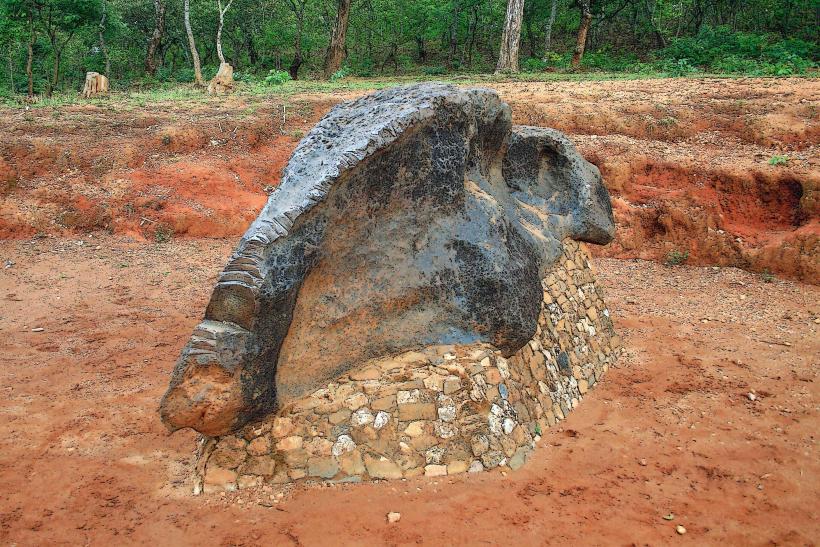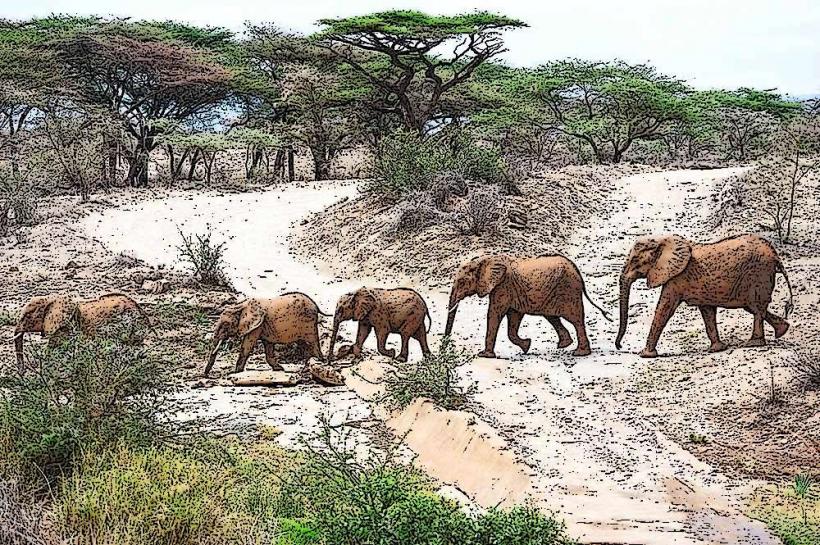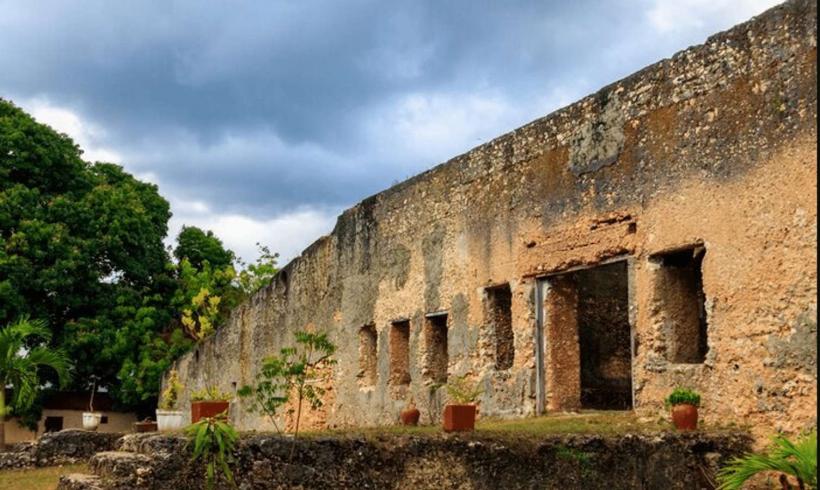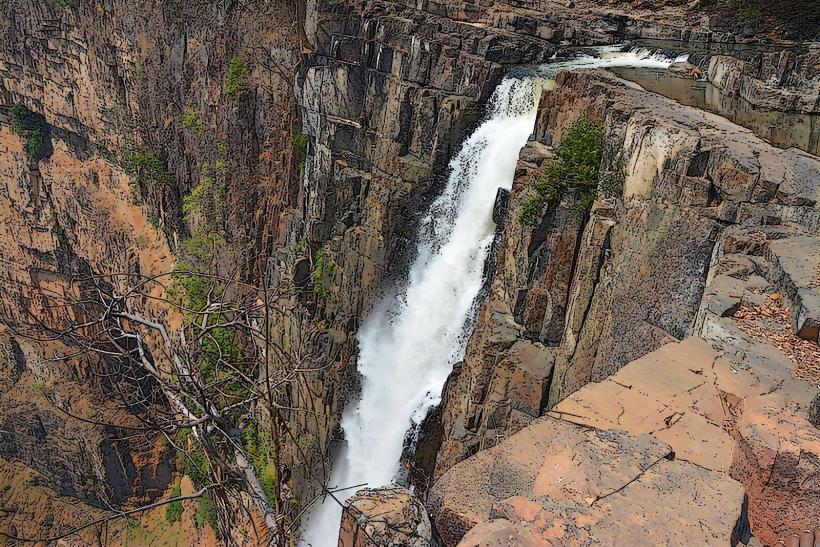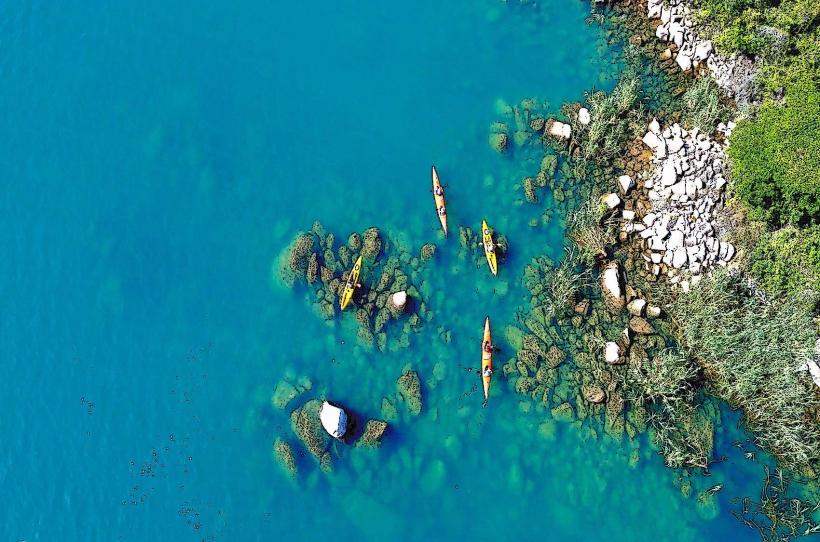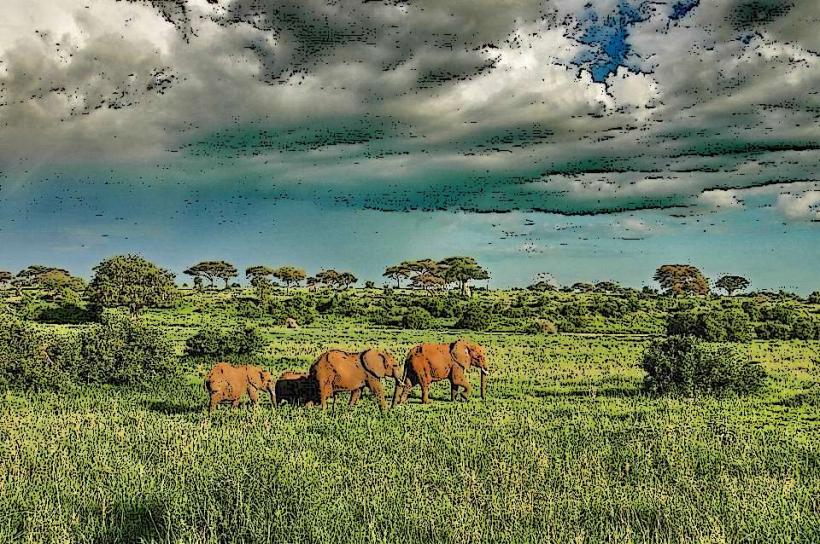Information
Landmark: Kitulo National ParkCity: Mbeya
Country: Tanzania
Continent: Africa
Kitulo National Park, Mbeya, Tanzania, Africa
Overview
Kitulo National Park, nicknamed the “Serengeti of Flowers,” spreads across a high, windswept plateau in southern Tanzania, where sparkling orchids and daisies spill across the grass like a painted quilt, in addition spanning 412 square kilometers, it bursts into color with sweeping carpets of wildflowers, earning its locale as one of Africa’s most treasured botanical reserves.The local Nyakyusa call it “Bustani ya Mungu,” or “The Garden of God,” inspired by the sight of blossoms spilling color across the hills, as a result tucked into Tanzania’s Southern Highlands between the Poroto and Kipengere ranges, the park rests high-about 2,600 to 3,000 meters above sea level-where cool air drifts over grasslands, rolling hills, and montane forests laced with seasonal rivers and the rush of waterfalls, sheltering a remarkable variety of life.Nicknamed the “Serengeti of Flowers,” Kitulo bursts with more than 350 plant species-orchids, lilies, and luminous proteas swaying in the mountain breeze, on top of that from December to April, the high-altitude meadows blaze with one of Africa’s richest floral displays, home to rare and endemic blooms found nowhere else.While it’s not your typical grand-game safari spot, the park shelters Ruwenzori colobus and vervet monkeys, elusive Abbott’s duiker and eland, and a dazzling array of birds, from Denham’s bustard to the shimmering blue swallow, likewise even the wetlands hide treasures-frog calls at dusk and quick flashes of lizards darting through the grass.In Kitulo National Park, you can wander grassy trails and forest paths to places like Livingstone Forest or the misty Nhumbe Waterfalls, scan the skies for rare and endemic birds-best spotted between October and April when migrants arrive-capture bursts of wildflowers and sweeping views on a nature hike with a guide, or meet Nyakyusa and Safwa villagers to learn their traditions and conservation work; visit from December to April for dazzling blooms or May to November for cool, dry hikes, reach it from Mbeya by rough 4WD road or via Mbeya Airport, and you’ll find one of Africa’s few protected flower parks, a quiet refuge for botanists, birders, and anyone craving beauty far from the usual safari crowds, after that whether you’re a hiker, botanist, or photographer, this park offers a quiet escape into lush green trails, making it a must for eco-tourists and thrill-seekers alike.
Author: Tourist Landmarks
Date: 2025-09-13

